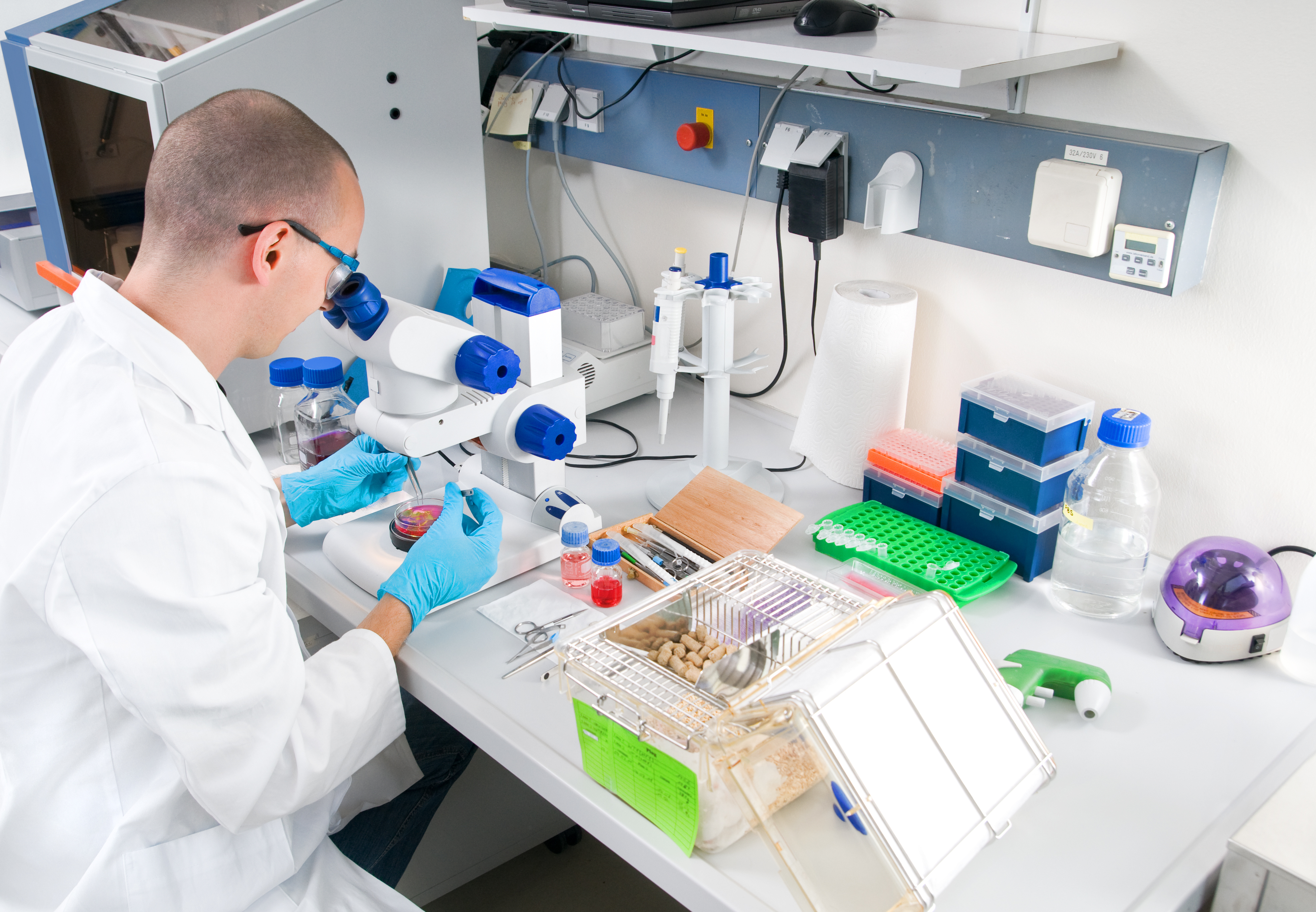Experimental Pulmonary Fibrosis Therapy, GR-MD-02, Granted U.S. Patent Allowance

Galectin Therapeutics, Inc., announced that it has received a Notice of Allowance from the U.S. Patent and Trademark Office (USPTO) for its patent application “Method for Treatment of Pulmonary Fibrosis” — number 13/999,389 — on its lead compound GR-MD-02.
Galectin Therapeutics is currently developing carbohydrate-based therapies to treat fibrotic liver disease and cancer, and based on the workings of galectin proteins — key mediators of biologic function. This patent, when issued, will extend coverage of GR-MD-02, a proprietary polysaccharide pharmaceutical preparation that inhibits galectin proteins, to the treatment of patients at risk of pulmonary fibrosis (PF). The patent will cover a new treatment option of primary lung fibrosis, like idiopathic pulmonary fibrosis (IPF), and secondary lung fibrosis.
GR-MD-02 is currently being evaluated in several trials:
- A preclinical testing for lung, kidney and cardiovascular fibrosis;
- Two Providence Portland Medical Center clinical trials in melanoma patients, using the compound in combination with Keytruda and in combination with Yervoy;
- A Phase 2 trial in people with non-alcoholic steatohepatitis (NASH) with cirrhosis;
- A Phase 2 trial in subjects with NASH with advanced fibrosis; and
- A Phase 2a trial in patients with moderate to severe plaque psoriasis.
“We are pleased to further bolster our intellectual property portfolio with this patent allowance, which expands our portfolio to include pulmonary fibrosis,” Peter G. Traber, MD, Galectin Therapeutics’ CEO and CMO, and inventor on the patent, said in a press release. “Scientific evidence shows that Galectin-3 plays a role in pulmonary fibrosis and we have shown that GR-MD-02 is effective in reducing fibrosis in preclinical models of lung fibrosis. There are currently no effective treatments for this disease, and particularly for idiopathic pulmonary fibrosis, an orphan indication. When issued, this patent will augment our current intellectual property portfolio for treatment of organ fibrosis, and we look forward to opportunities to leverage this towards a more efficacious treatment in lung fibrotic disease.”
PF is a scarring in the lung tissue, which can seriously affect a patient’s breathing capability. In PF, scar tissue builds up in the walls of the air sacs in the lungs, eventually compromising oxygen levels into the blood. Low oxygen levels, in turn, contribute to shortness of breath, particularly when walking or exercising.







